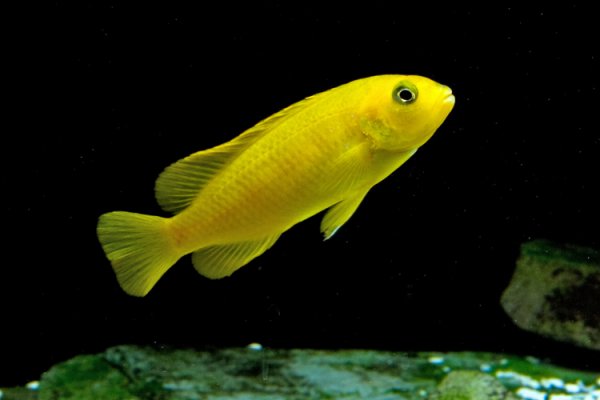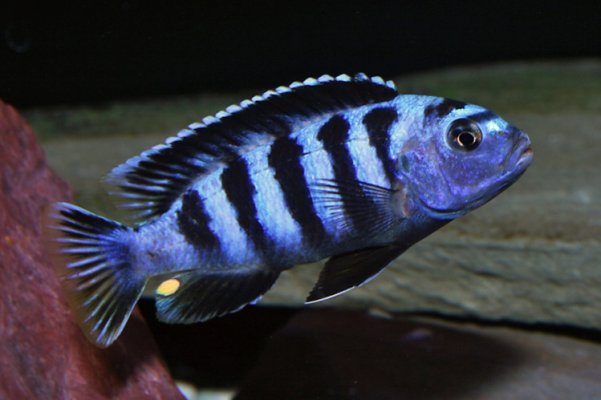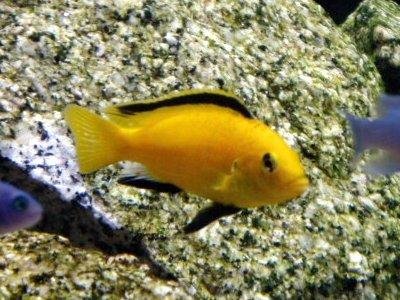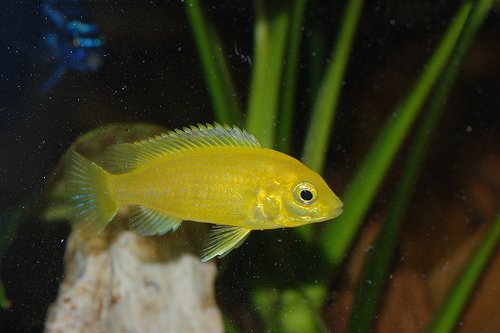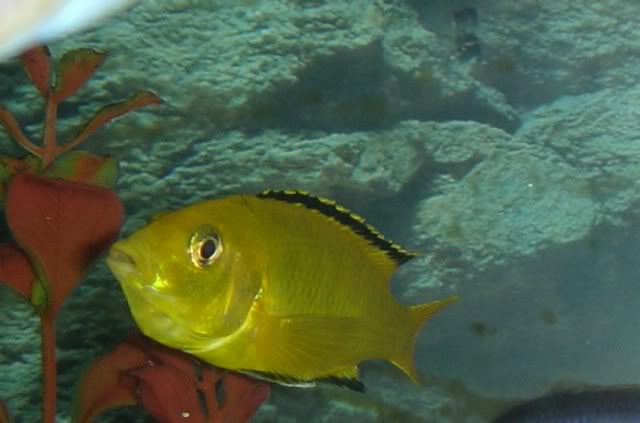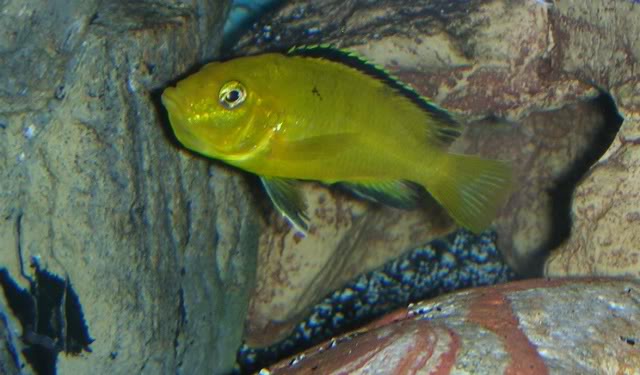WendiDell
Aquarium Advice Addict
I found this article about different Cichlids, at the "Tropical Fish Center" It gives information on a dozen different Cichlids, Oscar, Angels, Rams.
The one I found most interesting, mostly because I've never read anything like it before, was about Yellow Labs. This is what is says:
"Electric Yellow: A very attractive fish, bright yellow body color. Dorsal fin has a black streak giving it a good look. This is a peaceful fish, and is not territorial.They live in pairs, and form a matriach family."
I have never heard that Yellow labs paired off. Am I the only one that didn't know this? Or is it hooey?
It would be great if the did, but it would be news to me.
What do you all think?
www.tropicalfishcenter.co.uk
The one I found most interesting, mostly because I've never read anything like it before, was about Yellow Labs. This is what is says:
"Electric Yellow: A very attractive fish, bright yellow body color. Dorsal fin has a black streak giving it a good look. This is a peaceful fish, and is not territorial.They live in pairs, and form a matriach family."
I have never heard that Yellow labs paired off. Am I the only one that didn't know this? Or is it hooey?
It would be great if the did, but it would be news to me.
What do you all think?
www.tropicalfishcenter.co.uk

